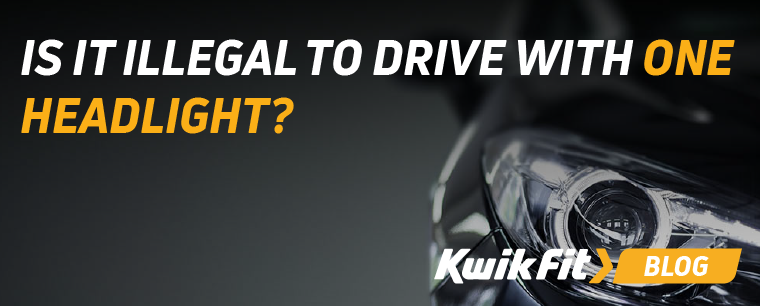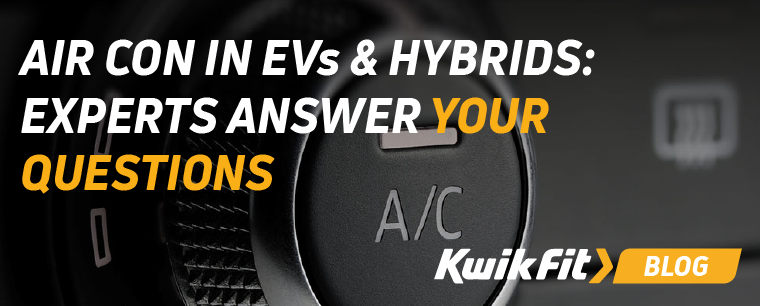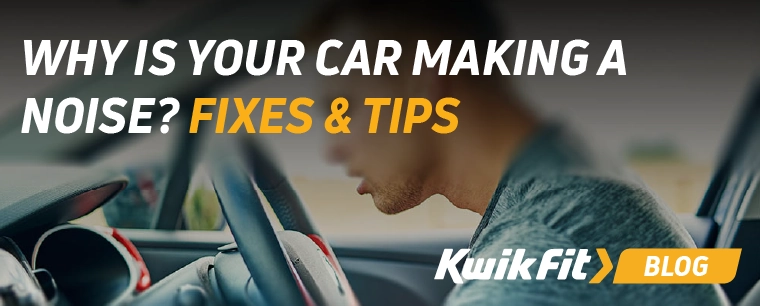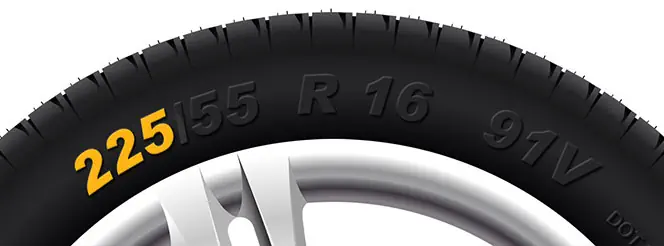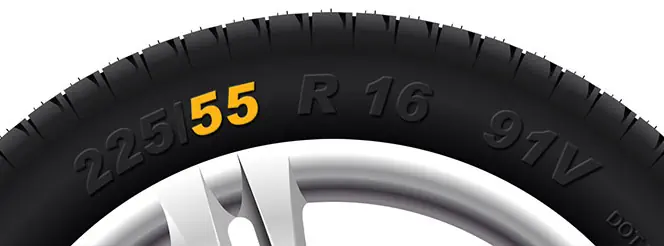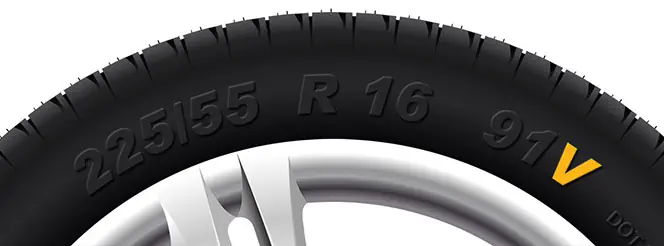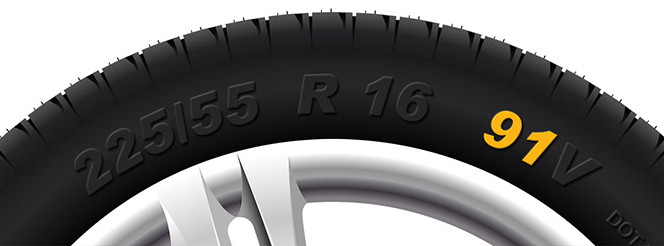Are Premium Car Batteries Worth it or Should You Buy Cheap?
Jack Dreyer | Monday 8th April 2024 8:30am

Itís often the internal argument that most car owners face - do you invest in a premium product that promises longevity and better performance, or opt for a more wallet-friendly option that gets the job done?
The product in question this time is car batteries.
Batteries play an important role within the car, so it canít be denied that picking the right battery is an important decision and one determined by a number of factors, including cost and technology.
If youíre weighing up the pros of premium and cheap car batteries and youíre not sure which type is the best choice for your car, keep reading.
Understanding car batteries
A battery is a core component of the car - without it, the car wonít start. In order for the car to start, the driver turns on the ignition of the car which sends a signal to the battery to supply power to the starter motor. This process turns the engine over. Whilst this is taking place, power from the battery is supplied to the spark plugs in order to ignite the fuel and air mixture that has been compressed in the engine combustion cylinders.
The battery power used during the starting up process is then replaced by the alternator, which supplies the bulk of electrical current to your car's electrical systems, keeping your battery fully charged.
The strength and longevity of your car battery can be impacted by the demands placed on it. Therefore, itís important to get your batteries regularly checked by a professional so it continues to work optimally.
When purchasing a new battery for your car, you might notice some differences between the premium and cheaper brands. Those differences can include the materials used to manufacture them and the advanced technology incorporated into the design.
Why vehicle owners should consider premium car batteries
There are several pros to considering premium batteries for your car. The expectation is that premium products tend to have a longer life expectancy and are made with better quality materials.
Generally, with premium batteries, you can expect:
- Durability and longevity: premium car batteries tend to have a longer life span and are much more durable than cheaper batteries, meaning they wonít get damaged as easily.
- Better performance: extreme weather conditions can have a detrimental impact on the longevity of your car battery, however, premium batteries tend to be more durable and higher quality, so perform better in extreme conditions.
- Advanced technology: premium car batteries tend to be manufactured to include more advanced technology such as AGM technology. AGM stands for absorbent glass mat and is a type of lead acid battery that requires less maintenance than a regular car battery.
The argument for cheap car batteries
Whilst there are many positives to purchasing premium car batteries, you may find that budget constraints encourage you to source cheaper alternatives.
So, what are the pros to considering cheap car batteries?
- Initial cost savings: there are immediate cost benefits by purchasing a cheaper car battery.
- Adequate for everyday use: cheap car batteries are generally sufficient for everyday use.
- Practical for older vehicles: if youíre currently driving an older car that you donít intend on keeping for a long period of time, a cheaper battery alternative might be more practical.

Making the right choice
There are a lot of factors to consider when choosing the right battery for your vehicle, including weather conditions, the age of your car, how often you use it and the types of road conditions you drive on. Itís important to weigh up these factors, including the costs of the battery, maintenance and replacement, before making your decision.
Regardless of the type of battery you choose, we recommend that all vehicle owners check the health of their batteries and keep them maintained regularly by reaching out to a professional. This will help to extend the longevity of your battery and keep it running optimally.
Book your free battery health check
Does your car battery need a maintenance check? Why not book your free battery health check with Kwik Fit. Our specialist equipment will assess the condition of your battery and identify if there are any underlying battery faults.
If your battery needs to be replaced, we stock a variety of batteries suitable for cars and vans.
In the meantime, keep up-to-date with the latest vehicle advice and guidance on the Kwik Fit blog. If you have any other maintenance questions or concerns, get in touch with our team of experts today at your local centre.
Any facts, figures and prices shown in our blog articles are correct at time of publication.
Featured Articles
Is it Illegal to Drive With One Headlight?
Saturday 19th July 2025
Wondering if itís illegal to drive with one headlight? Learn about the safety risks and penalties of illegal blown bulbs and why you should fix them promptly.
Air Con in EVs & Hybrids: Experts Answer Your Questions
Monday 30th June 2025
Does air con drain EV batteries? Can you use the air con while charging an electric car? Find out the answers to these questions & more from Kwik Fitís experts.
Why Is Your Car Making a Noise? Fixes & Tips
Friday 13th June 2025
When your car starts making unexpected noises, it can certainly be quite disconcerting; it may be nothing to worry about, but hereís what you need to know.


